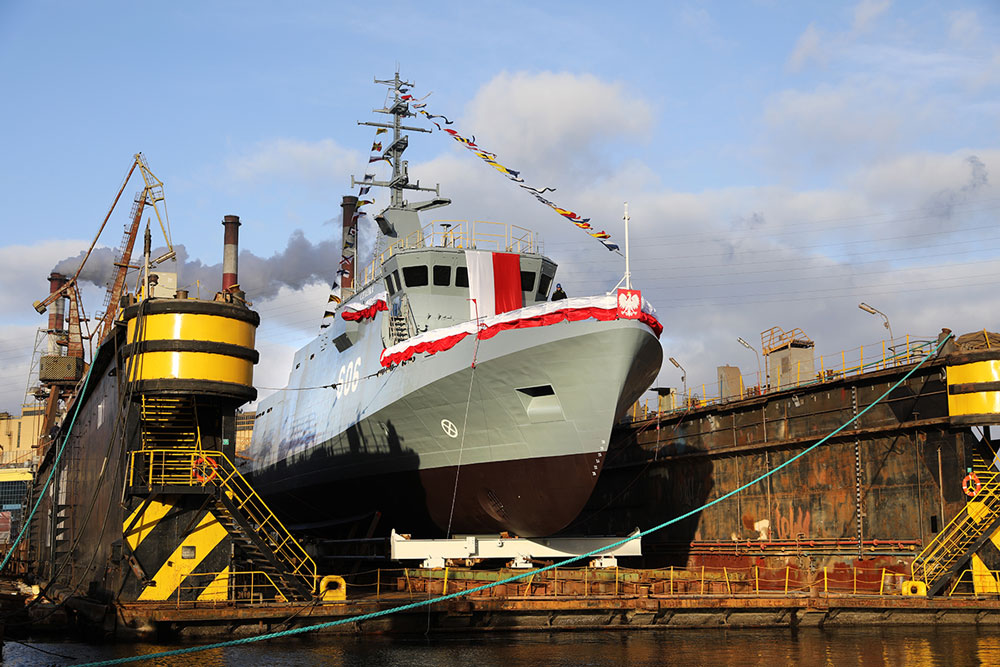The nine ports in Lower Saxony handled more automobiles, wind turbines and liquid gas, but lost cargo for conventional goods.
Within the nine Lower Saxony seaports of Brake, Cuxhaven, Emden, Leer, Nordenham, Oldenburg, Papenburg, Stade and Wilhelmshaven, significant growth was achieved in automobile handling and the loading of wind energy components. Solid bulk goods, such as coal, but also materials for the energy-intensive industry, and container handling declined.
Compared to 2022, total throughput at all locations fell by -7% to around 50 million tons. However, an increase of 3% was recorded in the area of liquid bulk goods (26.59 million tons compared to 25.88 million tons in 2022).
Less coal and containers in Lower Saxony seaports
The handling of solid bulk goods fell by 25% to 11.21 million tons (2022: just under 15 million tons). Demand for coal in particular fell noticeably, according to the report. Fertilizers, which were already in decline last year due to the sanctions against Russia and the rise in fertilizer prices, among other factors, also recorded a further decline.
Throughput of general cargo (including RoRo and containers) amounted to around 12.78 million tons (-6% / 13.63 million tons in 2022). In this cargo segment, the handling of new vehicles and wind energy components recorded significant growth, while the handling of containers was below the level of 2022.
Only 531,637 TEU were loaded at the Wilhelmshaven container terminal – down 22.2% on the previous year. In contrast, the handling of around 1.67 million cars resulted in an increase of almost 16% compared to 2022 (1.44 million).















